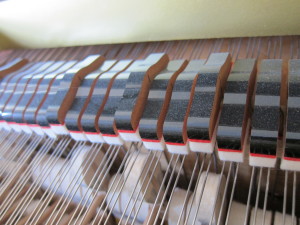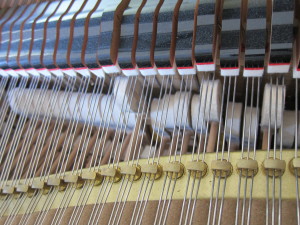
Pianos are everywhere: in homes, churches, schools. It is among the most used instruments for accompaniment in choral and musical performances.
But what do we really know about this ubiquitous instrument? For some answers, The Scoop talked to three piano experts:
- Carol Echols, a piano performer and professor at Drury University.
- Jim Hearn, vice president of Piano Craft in Springfield who studied piano in college.
- Eddie Torrey, a pianist and professional piano tuner who works in Springfield.
What are the parts of a piano?
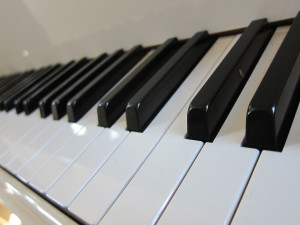
A piano makes its sound when the keys on its keyboards are pressed. The keys trigger hammers, which then strike metal strings that are strung in a soundboard encased in a wooden case. There are 52 white keys and 36 black keys.
The name piano comes from the Italian word pianoforte. Piano and forte mean “soft” and “strong” respectively.
How does the piano make the sound?
According to Torrey, the most important elements to make the sound of the piano are strings, hammers and dampers.
The hammer makes the sound by hitting the string. “The hammer that is connected to the key flies up and hits the string above it when the keyboard is pressed,” Torrey said. After it hits the string, it quickly falls back to prevent the sound from vibrating more unless the player holds the key or pushes pedals to sustain notes.
The string affects the pitches of sounds. If the string is thin and short, it makes the sound in high range, Torrey says. In other words, the lengths and diameters of the string increase from treble to bass.
The another element that is crucial to the sound of the piano is a damper. It makes the string to stop vibrating when the player is not pressing the key. When the player presses the key, the damper connected to the string is lifted up to make the string to vibrate. However, when the key is not pressed, the damper falls back to the string again and stops the vibration.
Is there any other way to make the sound?
One way to play the piano other than pressing keyboards is plucking the piano strings. “People can stand up and pluck the string as they do with guitar strings,” Echols says.
Also, putting objects on top of strings or between hammers and strings are another different ways to make unique sounds. “You can put the paper between the hammer and the string. This will add the crackled sound to the notes, and it will make the music more creative and surprising,” Echols says.
What are the pedals for?
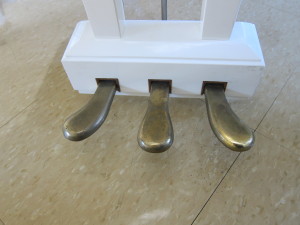
Every piano does not have the same pedals; they differ depending on the type of the piano. On the grand piano, there are three pedals: sustained or sustaining pedal, sostenuto pedal, and una corda pedal. On the upright piano, there are a soft pedal, a silence pedal and a sustaining pedal.
Both pianos have a sustaining pedal. “A sustaining pedal is the pedal on the right,” Hearn says. “When you hold it down, it makes piano notes to linger.” According to Echols, this pedal works by making all strings to vibrate by detaching dampers from strings.
On the grand piano, the pedal on the middle is called a sostenuto pedal. “This is the pedal that helps to hold the selected note while playing everything else without that note,” Echols says. The pedal holds only the hammers up that have been pressed.
The middle pedal on the upright piano is called the silence pedal. When the silence pedal is pushed down, a thin fabric comes between the string and the hammer to prevent the hammer from hitting the string directly. This softens the piano’s sound.
The last pedals on the left are a una corda pedal (grand piano) and a soft pedal (upright piano). Even though both pedals make the sound softer by changing the distance between the hammer and the string, they work in different ways.
On the grand piano, “the pedal moves the whole keyboard, so the hammer only hits the half of the string,” Echols says. However, on the upright piano, it moves the hammer closer to the string, so the hammer can hit the string with the lesser amount of power, which makes the sound of the note softer.
Why is the piano considered a percussion instrument, not a string instrument?
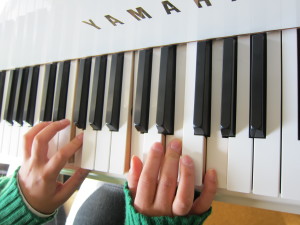
Even though the piano makes the sound with the string, it is not categorized as a string instrument but rather as a percussion instrument because the hammer has to ‘hit’ the string and the player has to ‘hit’ keyboard.
“When you push the key down, the hammer pops up and hits the string,” Echols says.
